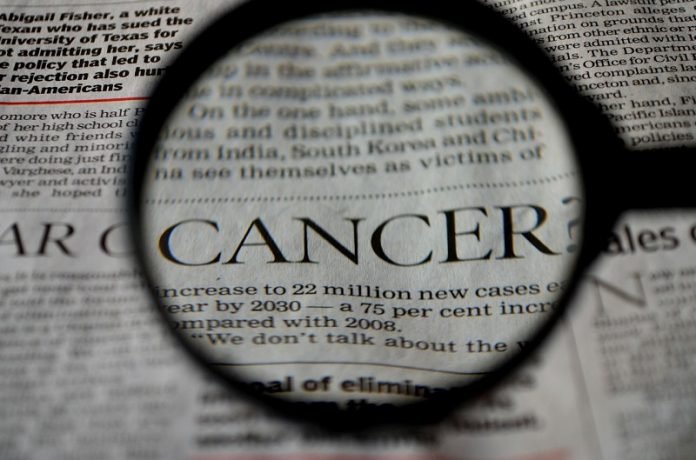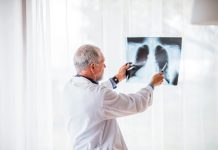
Cigarette Smoking and Tobacco Use
Tobacco use is strongly linked to an increased risk for many kinds of cancer. Smoking cigarettes is the leading cause of the following types of cancer:
Acute myelogenous leukemia (AML).
Bladder cancer.
Cervical cancer.
Esophageal cancer.
Kidney cancer.
Lung cancer.
Oral cavity cancer.
Pancreatic cancer.
Stomach cancer.
Not smoking or quitting smoking lowers the risk of getting cancer and dying from cancer. Scientists believe that cigarette smoking causes about 30% of all cancer deaths in the United States.
Infections
Certain viruses and bacteria are able to cause cancer. Examples of cancer-causing viruses and bacteria include:
Human papillomavirus (HPV) increases the risk for cancers of the cervix, penis, vagina, anus, and oropharynx.
Hepatitis B and hepatitis C viruses increase the risk for liver cancer.
Epstein-Barr virus increases the risk for Burkitt lymphoma.
Helicobacter pylori increases the risk for gastric cancer.
Two vaccines to prevent infection by cancer-causing agents have already been developed and approved by the U.S. Food and Drug Administration (FDA).
One is a vaccine to prevent infection with hepatitis B virus. The other protects against infection with strains of human papillomavirus (HPV) that cause cervical cancer.
Scientists continue to work on vaccines against infections that cause cancer.
Radiation
Being exposed to radiation is a known cause of cancer. There are two main types of radiation linked with an increased risk for cancer:
Ultraviolet radiation from sunlight: This is the main cause of nonmelanoma skin cancers.
Ionizing radiation including:
Medical radiation from tests to diagnose cancer such as x-rays, CT scans, fluoroscopy, and nuclear medicine scans.
Radon gas in our homes.
Scientists believe that ionizing radiation causes leukemia, thyroid cancer, and breast cancer in women.
Ionizing radiation may also be linked to myeloma and cancers of the lung, stomach, colon, esophagus, bladder, and ovary.
Being exposed to radiation from diagnostic x-rays increases the risk of cancer in patients and x-ray technicians.
Diagnostic radiation in children and adolescents has been linked with a higher risk of cancers at a young age.
The growing use of CT scans over the last 20 years has increased exposure to ionizing radiation. The risk of cancer also increases with the number of CT scans a patient has and the radiation dose used each time.
Immunosuppressive Medicines After Organ Transplant
Immunosuppressive medicines are used after an organ has been transplanted from one person to another. These medicines stop an organ that has been transplanted from being rejected.
These medicines decrease the body’s immune response to help keep the organ from being rejected.
Immunosuppressive medicines are linked to an increased risk of cancer because they lower the body’s ability to keep cancer from forming.
The risk of cancer, especially cancer caused by a virus, is higher in the first 6 months after organ transplant, but the risk lasts for many years.
Sign up for our newsletter for more information about this topic.
If you care about cancer risk, please read studies that new cancer treatment may reawaken the immune system, and aspirin could cut cancer death by 20%
For more information about cancer, please see recent studies that cancer vaccine could effectively overcome treatment resistance, and results showing that years of taking vitamin D can cut cancer death risk.
Source: National Cancer Institute.



